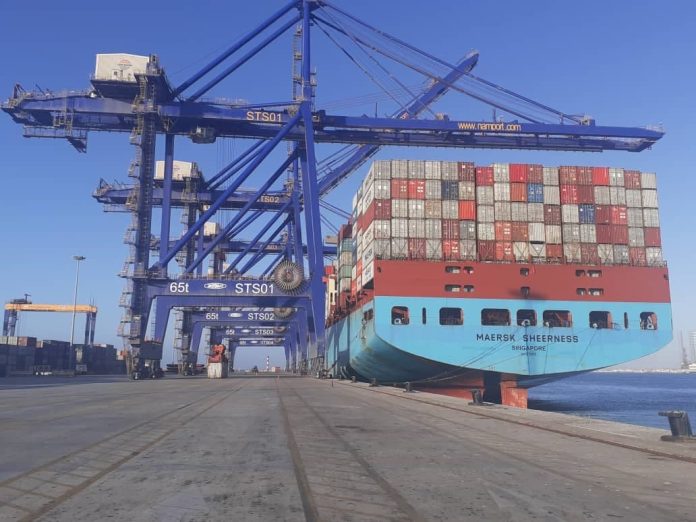Namibia has fallen short of its ambitious target to become a regional logistics hub by 2025, as set out in the fourth National Development Plan (NDP4). In response to this setback, a comprehensive master plan is currently under review, following significant delays in critical areas including rail, aviation, and regulatory infrastructure.
The original phased strategy had aimed for initial expansion by 2020, but as Gilbert Boois, project manager for the Walvis Bay Corridor Group, notes, “We are now in 2025, and I can assure you we are not there yet. Therefore, we are in the process of revising the master plan, because several essential developments are still pending.” Specifically, Boois highlights deficiencies in the country’s railway infrastructure and emphasises that substantial improvements are necessary in the aviation sector to meet logistics hub standards.
To successfully position Namibia as a logistics hub, it is vital to establish a number of interconnected components. “First and foremost, you need to have an efficient port,” Boois states. He explains that this must be complemented by a robust intermodal setup, which includes road and rail networks, border infrastructure, and a supportive regulatory, policy, and legislative environment.
Namibia’s logistics corridor network is designed with four primary routes: three that funnel through Walvis Bay and one through Lüderitz. These corridors connect Namibia to vital regional markets, enabling the transport of key commodities such as copper, fertilisers, and various consumer goods. Boois notes, “Logistics is fundamentally a volume game. It’s really about how you drive volumes to achieve the desired economies of scale.”
The governance structure overseeing the development of this logistics hub includes the Cabinet, steering committees, and mixed-sector working groups, ensuring comprehensive oversight and strategic coordination. Boois reflects on the inception of the initiative: “In 2015, we launched the logistics hub project on behalf of the Namibian government. It’s not our project; it’s a Namibian government project that we are implementing.”
The initial phase of this project, referred to as the ‘Transport Corridor,’ aimed to eliminate bottlenecks in the logistics chain and significantly increase Namibia’s share in the international transport market. This phase included a target to scale transport capacity by 2.5 times by the year 2020.
The subsequent phase, known as the ‘Economic Corridor,’ was designed to transform Namibia into a regional supply and distribution depot, ultimately supporting the broader Vision 2030 initiative for economic industrialisation. Although progress has been made in improving port infrastructure, key components such as rail networks and border facilities, as well as the aviation sector, still face substantial developmental challenges. Currently, private concessions that operate in these areas are functioning under a landlord model, which may limit the flexibility and responsiveness needed for further growth. As such, the need for coordinated investments and strategic planning remains pressing to fulfil Namibia’s logistics hub aspirations.



